Comparing Hoka vs Nike running shoes could largely be described as a difference in fit and feel, along with some company philosophy if you care about those things. Nike has been a dominant player in running shoes for decades. But of course we know that Hoka came on the scene due to their maximal shoes…and that’s interesting all on its own!
Both brands provide high quality shoes and offer a variety of models to suit different needs like overpronation, cushioning, and trail running.
Hoka One One first became popular with Ultrarunners and has since moved in the to main stream of running. I myself have run in a number of models and previously compared Hoka styles.
Hoka Vs Nike Key Differences
Nike and Hoka offer similar features and models for all kinds of runners, from the new runner to marathon runner to the flat-footed or high-arched.
Largely we’re looking at how a maximal shoes compares to a traditional running shoe. However in this case, I would also say we’re looking at function vs fashion. Because Nike wants to be the cool shoe and HOKA just wants you to run a long ways feeling good.
Nike does offer trail shoes, but I believe Hoka has more for the ultrarunner.
I break down the differences in more detail below, but here’s a quick overview:
Hoka Running Shoes
- Maximal shoe – has the larger sole for stability and smooth ride
- Usually more cushioned
- Some state they run narrow, but compared to other brands like Nike I disagree
- Generally a larger toe box than traditional running shoes
- Does have some casual shoes, gym shoes and recovery sandals
- Some apparel
Nike Running Shoes
- More narrow fit, especially in the heel and midsole
- Tend to run smaller in width and length than many other brands
- A larger focus on newest and trendiest technology to “improve running economy”
- Known across a wide variety of sports and highly visible in competition
- Big line up of shoes across many sports and casual
- A lot of apparel
- Has a large brand loyal following
I’ve worn both brands and will add some personal thoughts, along with links to detailed reviews.
If you’re looking for other comparisons, checkout Nike vs Adidas or Hoka vs On Cloud or Hoka Vs Saucony.
Nike vs HOKA ONE ONE Feature Comparison
Both brands have been around for a while and are leaders in running shoe design (though Nike has a much longer history!). They both offer various technologies to aid with comfort, support, stability, and cushion. Where they differ most are in the fit and fashion.
The following breaks down each shoe based on the components buyers need to consider when purchasing a running shoe.
It’s gonna get a little TECHY…so you can just skip on down to the specific model comparison if you want, but personally if I’m shelling out $150 for shoes, I kinda want to know why.
Durability
The lifespan of shoes from both companies is fairly comparable.
- Nike recommends swapping out for new shoes every 300 to 500 miles. Unless you’re looking at the top end Vapor Fly which is more like 200 miles.
- HOKA is often reported to last longer. I don’t know if this is more trail runners and thus less hard surfaces which extends the life of the shoe or simply their maximal design.
Determining when to replace running shoes, of course, all depends on your gait, weight, and whether you run mostly on trail or road.
Fit
Nike running shoes are often reported to run small.
HOKA shoes run true to size from my testing. Some models are definitely a little more narrow than others, as with most brands. In fact, they have been working on increasing the toebox in newer models.
They also have a shoe finder quiz to help you get in to the right model.
👉Checkout this guide on How to Lace Running Shoes, you’ll be amazed at how you can make most shoes fit better!
Cushioning
Nike started putting air in their shoes back in 1977 to improve cushioning.
“Nike Air technology consists of pressurized air inside a tough yet flexible bag and provides more spring without compromising the structure.”
And since the 90’s they’ve been recycling waste material from production in to new shoes. They continue to look at this sustainability in developing new shoes.
Currently the React Foam is their big winner. It’s truly a great soft and light cushion.
HOKA likes to say they provide marshmallow softness. More technically PROFLY.
I’m going to admit that I was really skeptical of HOKA at the start because I assumed all that cushion would make it heavy. It turned out I was wrong and instead have been running in them since of their very first shoes.
- They have 3 levels of cushion, which is important because plush isn’t what you want on all runs
- Cushion that provides both a good landing and plenty of stability for push off
- Hubble Heel – their newest shoes with a longer heel which is supposed to improve heel to toe transition
Stability
Nike does say their stability shoes are slightly wider and also designed with a curve that will help with heel to toe transitions. But as noted that is specifically in the stability shoes.
HOKA was designed entirely with stability in mind.
It was a core foundation of their shoes because it allows runners to move quicker with less risk of injury. This is why they created a wide stable platform.
In fact, they call their heel system the “bucket seat”, like the seat of a race car. It cushions the heel and foot without posts or guide rails — this means the midsole remains more cushioned.
Overview of heel to toe drop and type of cushion in most shoe brands.
Affordability
The prices between the two brands are fairly comparable.
- Nike prices range between $120 to $180
- HOKA’s start at a slightly higher price at $120 to $250
The most popular models for Nike are around $150 and for HOKA also around $150. Specialty items with more features (like carbon plates) will increase price.
You’ll notice that every brand offers a range and this is indeed due to a difference in technology and where they sell the shoe. They know that the big box store can sell the shoe with less in it, while the local running store needs to be best for dedicated runners.
HOKA Vs Nike Models
Now that you know more about each brand, let’s look at their top models in each of the main categories. There’s no winner declared here because all are great shoes, it’s just about which one is best for your foot.
With each of these, they are the top models so numbers are constantly changing as they make a little upgrade and it becomes the Pegasus or the Bondi 7.
Quick note, I absolutely encourage you to checkout Nike’s return policy! It makes it much easier to test out a shoe and return if it doesn’t feel right.
Stability Running Shoe
👉React Air Zoom Winflow
Another shoe utilizing their great react cushion and the wrap around feel of the flyknit upper.
It has a slightly higher arch and more room in the toebox than most Nike running shoes.
This is what they call a stability neutral shoe, which is probably more in line with what I’d recommend. It’s not a firm and will not be over correcting your foot strike. It has guiderails as most stability shoes do, but without losing the softness.
- 10mm drop
- 10 oz women’s, 9.9 oz men’s
- $100
👉HOKA Gaviota
As noted all Hokas are designed with more stability than many brands, but these are considered maximum stability. But they provide stability without feeling rigid, a probably many runners have with other shoes. It’s definitely still going to have a cushioned feel to it.
- 5mm drop
- 9.3oz women’s, 11.3oz men’s
- $170
Neutral Running Shoe
👉Nike Air Zoom Pegasus 40
One of their longest running models that runners come back to time and again.
It has enough cushion to make it great for long runs, but isn’t so plush that you lose the spring you want off the ground. Honestly, after just a few runs in this shoe I understood why it’s been a go to for decades for many runners!
It’s just a solid every day trainer. Decent cushion, not overbuilt and comfortable.
Reviewers have said the newest model has an improved upper for more foot space, including in the toebox.
- 10mm drop
- 7.58 oz women’s, 9.2 oz men’s
- $135
- Read my full Nike Pegasus review
The Nike ZoomX might be the most cushioned shoe they have, but it’s also a higher price point and a model I don’t know that will stick around as long. It’s never fun to find the shoe we love and then have it taken away.
👉Hoka Clifton 9
The Clifton was their first model and I actually got to run in version 1, 2, 6, 7 and 8! It’s their trademark shoe and a great one for any runner who wants cushion and to test out a maximal shoe.
This is what I would call an entry to Hoka running. You’ll get used to the higher stack height, while enjoying the benefits of a normally cushioned very lightweight shoe that also has a bit of stability.
It’s cushioned without being too soft, so it’s still responsive. I’ve listed this as one of my best marathon running shoes.
- 5mm drop
- 7.6 oz women’s, 8.8 oz men’s
- $140
Cushioned Running Shoe
👉React Infinity Run
Another shoe utilizing their great react cushion and the wrap around feel of the flyknit upper. It’s super similar to the Epic React that I loved running in for many years, except it’s a stability shoe.
It has a slightly higher arch and more room in the toebox than most Nike running shoes.
This is what they call a stability neutral shoe, which is probably more in line with what I’d recommend. It’s not a firm and will not be over correcting your foot strike. It has guiderails as most stability shoes do, but without losing the softness.
- 8mm drop
- 9.2 oz women’s, 10.7 oz men’s
- $165
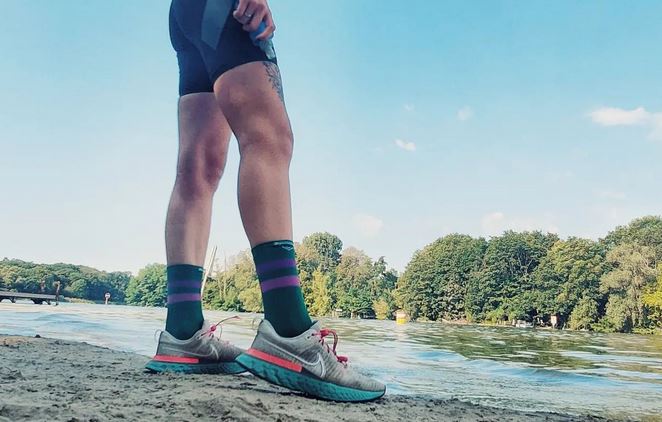
👉Hoka Bondi 8
If you want to feel like your feet are running on actual pillows…this is it. The most cushioned shoe I’ve tried in over 26,000 miles of running. It’s a heavenly shoe for recovery days.
Important for most runners to know a shoe this cushioned isn’t ideal for all runs. You can easily start to sink in to your low back and lose a little speed without that spring off the ground. However, it is my absolute go to for recovery runs or days where I’m feeling a little extra sore from a heavy lift.
- 4mm drop
- 8.9 oz women’s, 10.7 oz men’s
- $165
Carbon Fiber Plate Shoes
Are they cool new technology, yes. Do they last as long as your other shoes, nope.
So if you want to test these out use them for speed work and then race day!
👉ZoomX VaporFly 3
I’ve tested all the Nike shoes that you’re seeing on the elites and while I did love the 3, the outsole ripped apart after about 10 miles of usage. So I’m still rocking the Vaporfly 2 for my short distance races and I do love it.
This is one of the lightest shoes with cushion I’ve seen. It’s truly got a bouncy feeling to it, which is the combo we’re looking for with the carbon fiber plate to create that reduction of energy and increase speed. Pricey shoe, but I like it.
It’s not a shoe I personally would recommend for the marathon, but could go up to a half marathon. Definitely runs more narrow even than some of their other shoes.
- 8mm drop
- 5.8 oz women’s, 6.6 oz men’s
- $250
- Ready my full review of the Vaporfly 3 vs 2
👉Hoka Rocket X2
I am a huge fan of HOKA, but did not like the Hoka Carbon X and the Hoka Bondi X was a good shoe, but not a top speed racer. So I was really excited to test out this shoe and proclaim it one of my favorites, but I’m just not sure that would be totally honest.
Having JUST spent a few weeks doing runs in this shoe I am torn…
- The heel doesn’t cup very well and as a result I was constantly terrified of blisters and even stopped one long run to head home. Maybe this is because they don’t have a male/female version, just all gender.
- It has great bounce and cushion, you are getting that Nike feeling that most brands are striving for
- Unisex
- 5 mm heel drop
- 8.3 oz
- $250
Watch my detailed video on how Carbon Fiber Shoes work.
Trail Running Shoes
Both brands also have a good number of trail running shoes and are well loved among the ultrarunning crowd. There’s such a variety this could be it’s own article, so I’m picking two of their most loved options.
👉Nike Kieger
Consider this your lightweight, moderate cushion for shorter speed trail running.
While this shoe has a rockplate, I’d still relegate it to my mid-distance or faster trail style running, not my super big rock kind of days. I’m a big fan of the lower profile and the Epic react cushioning (see info below).
Some noted that they didn’t like the feel of the shoe on hard packed trails, but I can’t say I minded. Again simply knowing upfront that this is trail running shoe that’s going to be moderately cushioned and responsive.
- Weight: 10.1 oz men’s, 8.3 oz women’s
- Heel drop: 3mm
- Neutral trail running shoe
- $150
👉HOKA Speedgoat 5
I like to say the Speedgoat is the Clifton with extra traction. While that’s not 100% true, it’s pretty close! So if you love the feel of their classic neutral trainer then the Speedgoat is going to be a winner for you as well.
It’s absolutely become one of my go to trail running shoes.
You might think with the stack height that it makes trails harder and it HOKA is one of the preferred shoes for ultramarathon runners. Which I believe is due to the good combination of cushion and stability.
The Speedgoat 5 features a durable design that provides a comfortable and stable ride on any terrain. The shoe also features a breathable upper, which helps to keep the feet cool and dry during runs.
- Neutral Trail Running shoe
- Moderate Cushion
- 4 mm drop
- 8.5 oz women’s, 10.3 oz men’s
- Available in 11 colors
- Available in Wide in some colors
- $140
- See all HOKA Speedgoat models (also includes a waterproof option)
More About Nike Running
Is there anyone who doesn’t know the story of Nike yet?? The brand actually started in 1964 as Blue Ribbon Sports and didn’t take on the name of Nike the Greek Goddess until 1971.
If you haven’t read Shoe Dog by Phil Knight, it’s a wonderful book that gives you so much insight to the building of a company and a brand.
I fully understand not everyone loves Nike due to many of the practices we’ve seen with their athletes. I’m just here to provide details about the gear, you make those judgements.
In 1972, the Nike Waffle Racer was handed out at the Olympics and things really started to take off. One of these original pairs of shoes recently sold for almost $500,000!
From there they have continued to inovate and consistently produce new models of shoes for a variety of sports.
Nike has also dominated the marketing game.
More about HOKA ONE ONE
Let’s start with how do you pronounce Hoka One One? “Ho-Kah O-nay O-nay” which is a Māori phrase that means “to fly over the earth.”
But they’re kind of like Madonna and just need one name: Hoka.
Founded by two mountain trail runners in the Swiss Alps, Nicolas Mermoud and Jean-Luc Diard, former Salomon employees, had an epiphany during their training that lead to the foundation of a new shoe and new company in 2009.
This makes them a mere baby in the world of running shoes, as many of the brands from Brooks to ASICS have been around 100+ years now. Pictured here is their first prototype.
At first they simply wanted a shoe that would allow them to run downhill faster and thus win!
Quickly they realized there was something more here with a smooth, super light, cushioned and stable shoe. Their maximal design took many of by surprise in a time where Zero Drop and Barefoot running were the in thing.
In 202o, the company was purchased by Deckers (owners of UGG and Teva). Hopefully that just means more marketing to keep the shoes going and not a change to what their doing right.
Your gait and feet will likely change over time and you may need to change shoes.
This is also why I recommend rotating through several pairs of shoes at once.
And remember, just because these are two of the most well known brands on the market, there are still plenty of other shoe brands to select from if neither Nike nor HOKA has the right shoe for you.
Keep in mind that shoe design can change, even with the same model, so always assess how the shoe fits every time you replace a pair.
For more help selecting the right shoe for you, don’t worry, I’ve got you:
- Nike Vs New Balance running shoes
- Nike Trail Running Shoes Reviewed
- Best Trail Running Shoes
- Best Long Distance Running Shoes
- Saucony vs Brooks
Other ways to connect with Amanda
Instagram Daily Fun: RunToTheFinish
Facebook Community Chatter: RunToTheFinish
Sign Up to Receive a Weekly Newsletter with Top Running Tips and Laughs
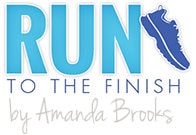
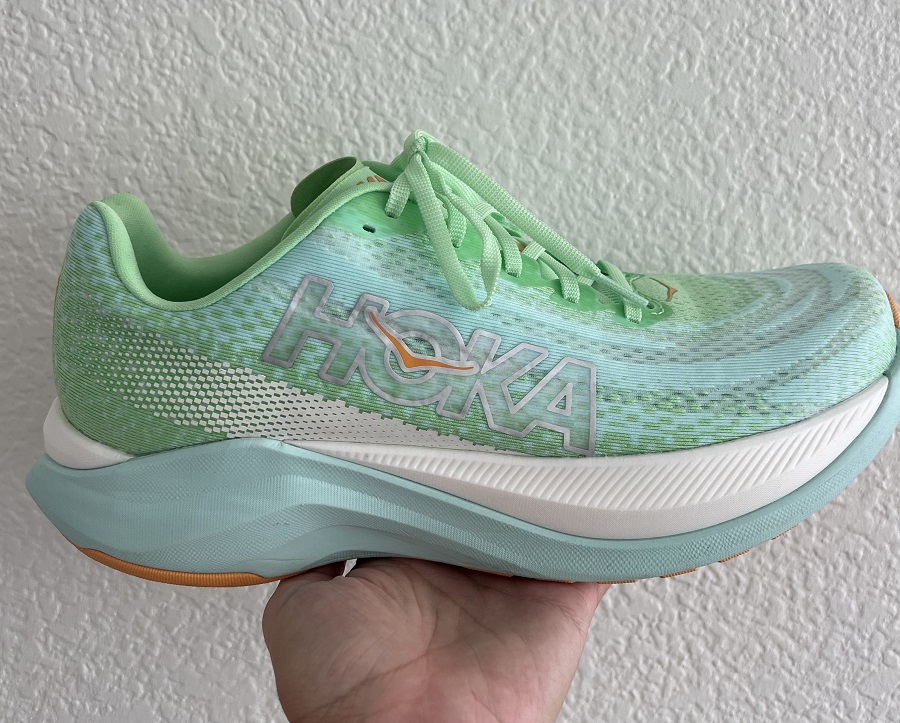
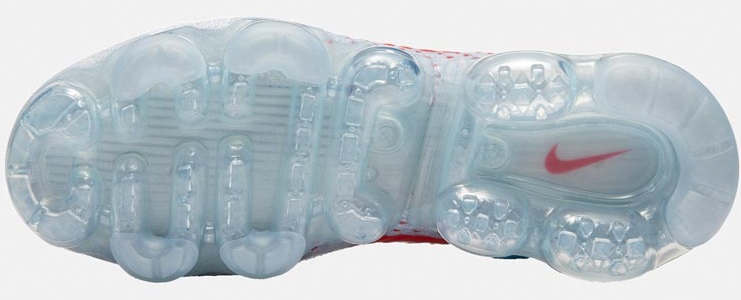
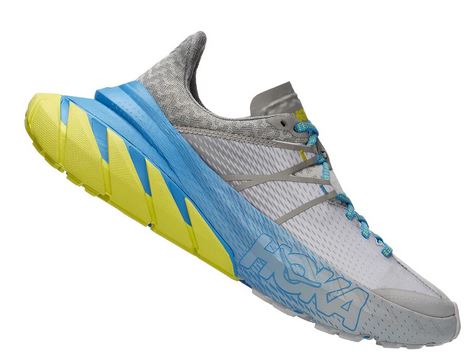
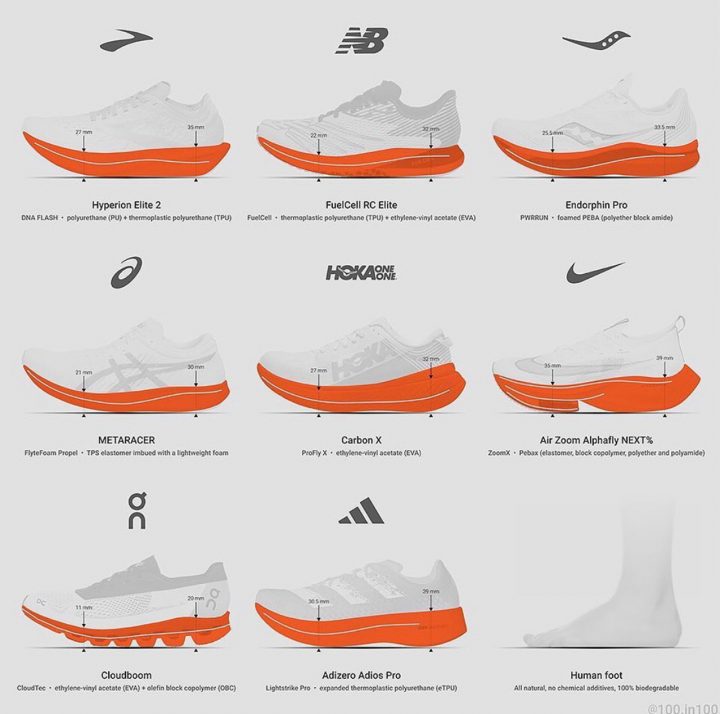
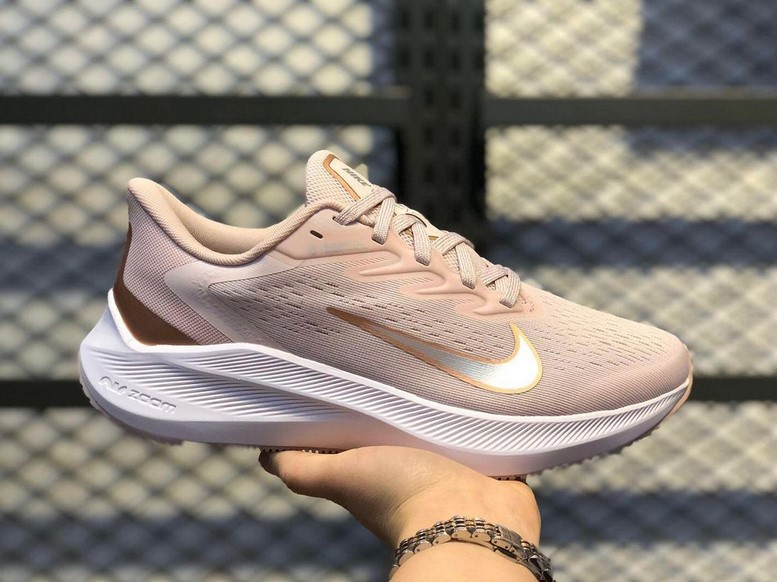
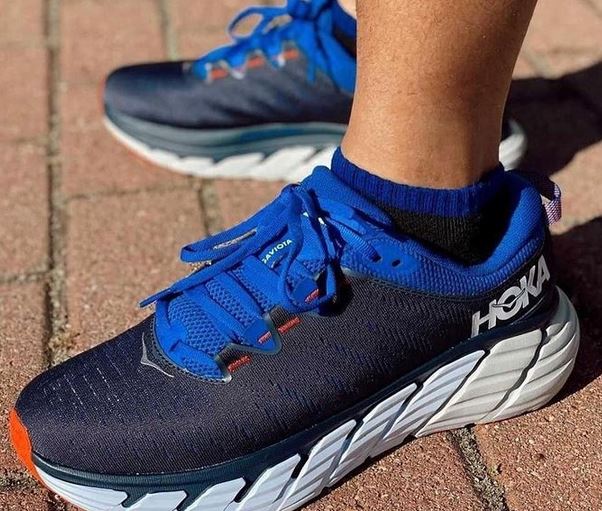
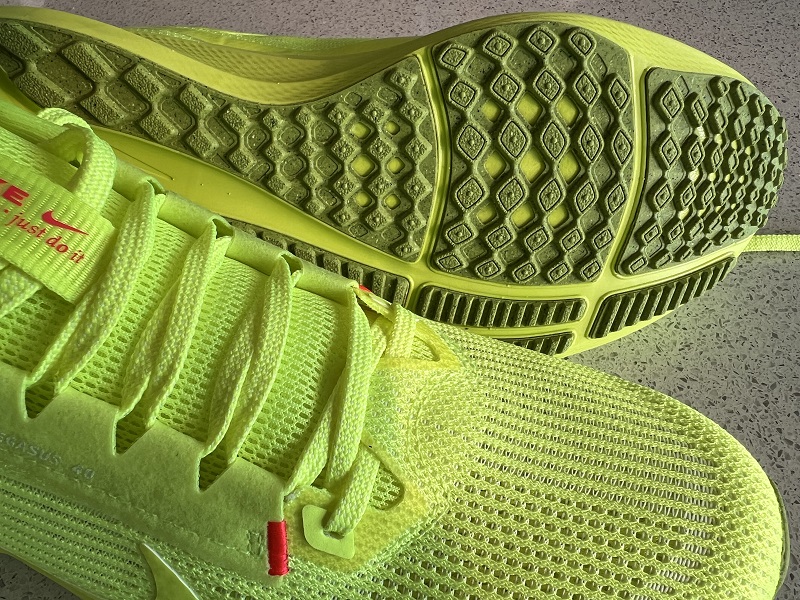
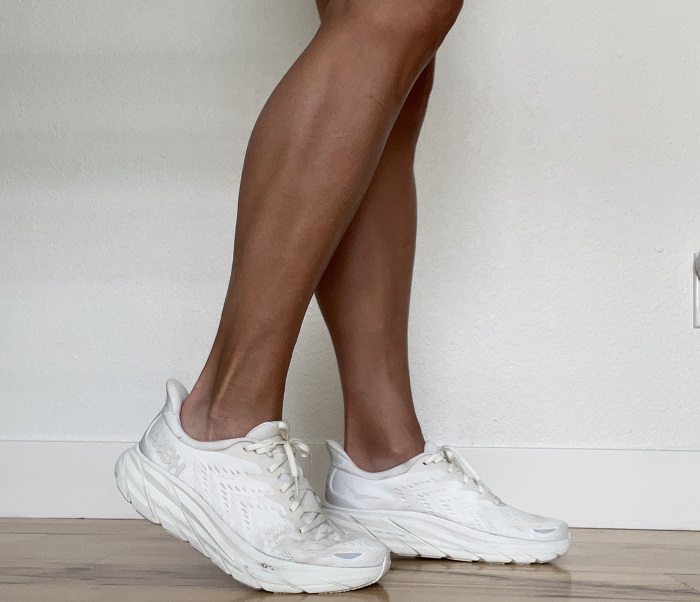
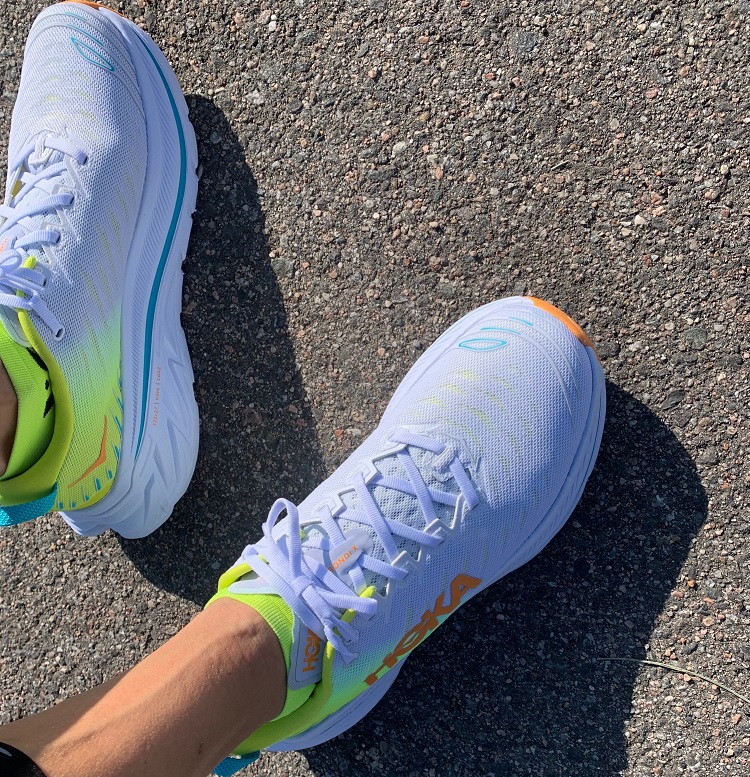
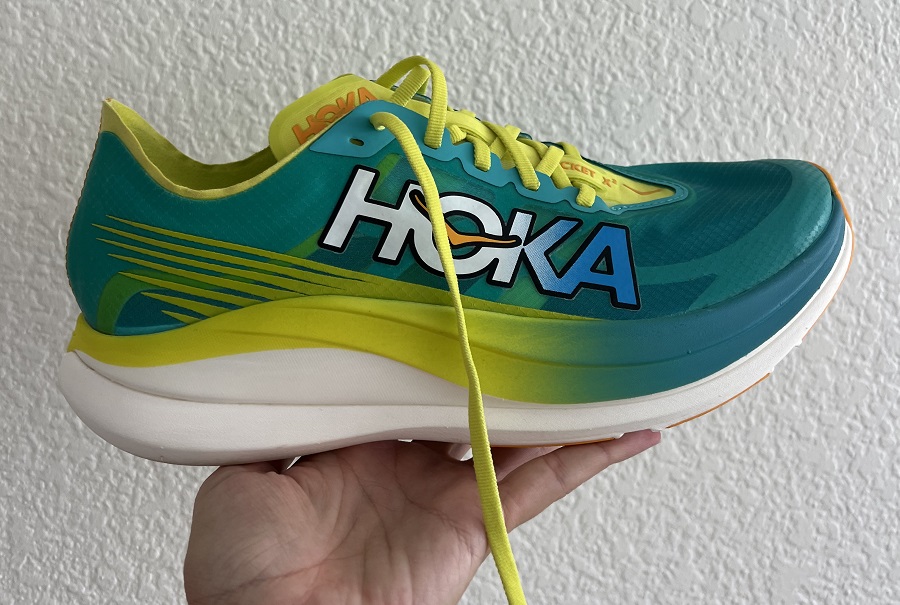
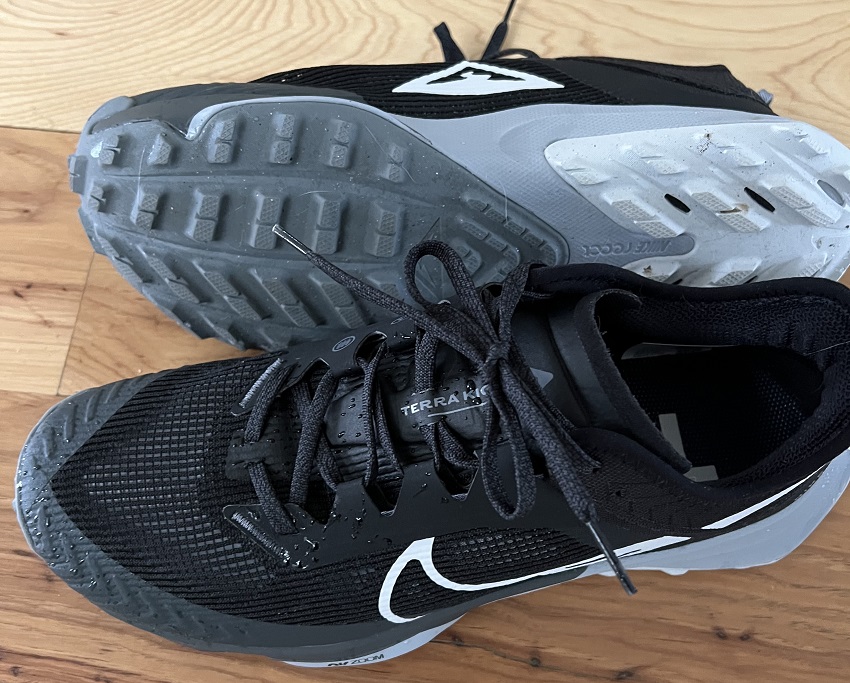
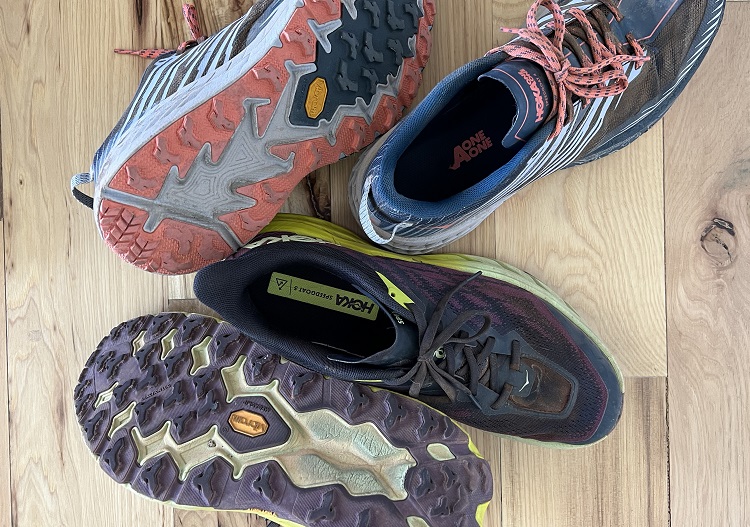
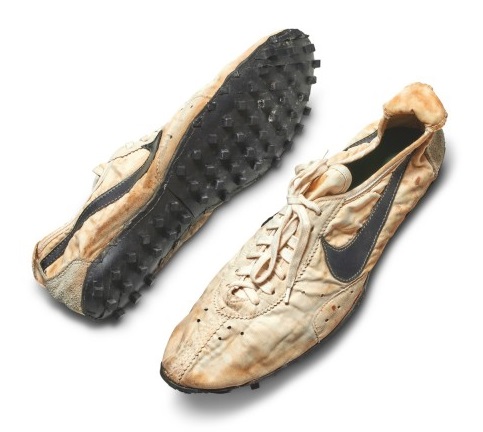
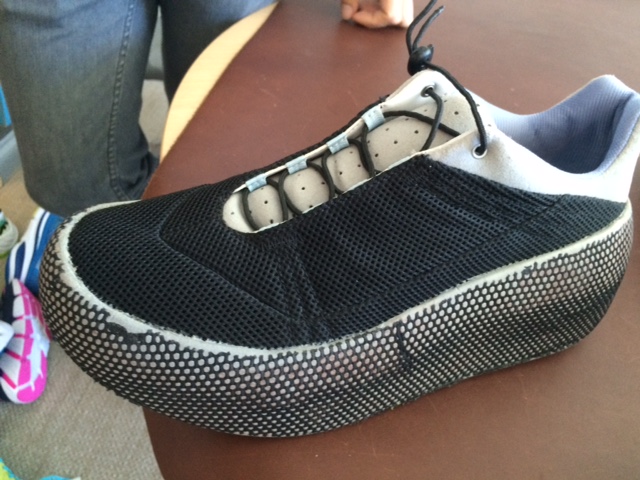
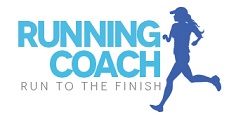
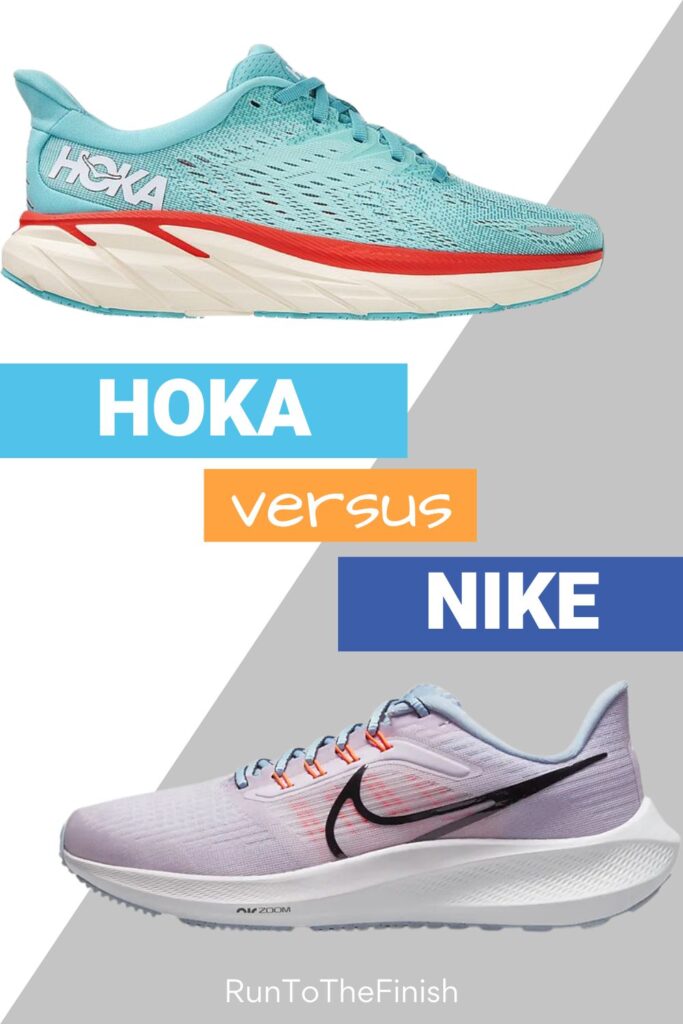
 Running Power: How It Works And Do You Need It
Running Power: How It Works And Do You Need It

Kaye Swain
Thank you! Very helpful article. I have worn and appreciated Nike for years – starting with Structure Triax before zoom – around 2001-ish. But as they keep changing it, they no longer are comfortable for me. I just wear them daily, including for taking real estate clients out looking at houses :) ) due to arthritis needs. Do you know which of the Hoka is similar to the older Structure Triax line – at least 5 years back (when Nike started to be less comfortable)? Thank you :)